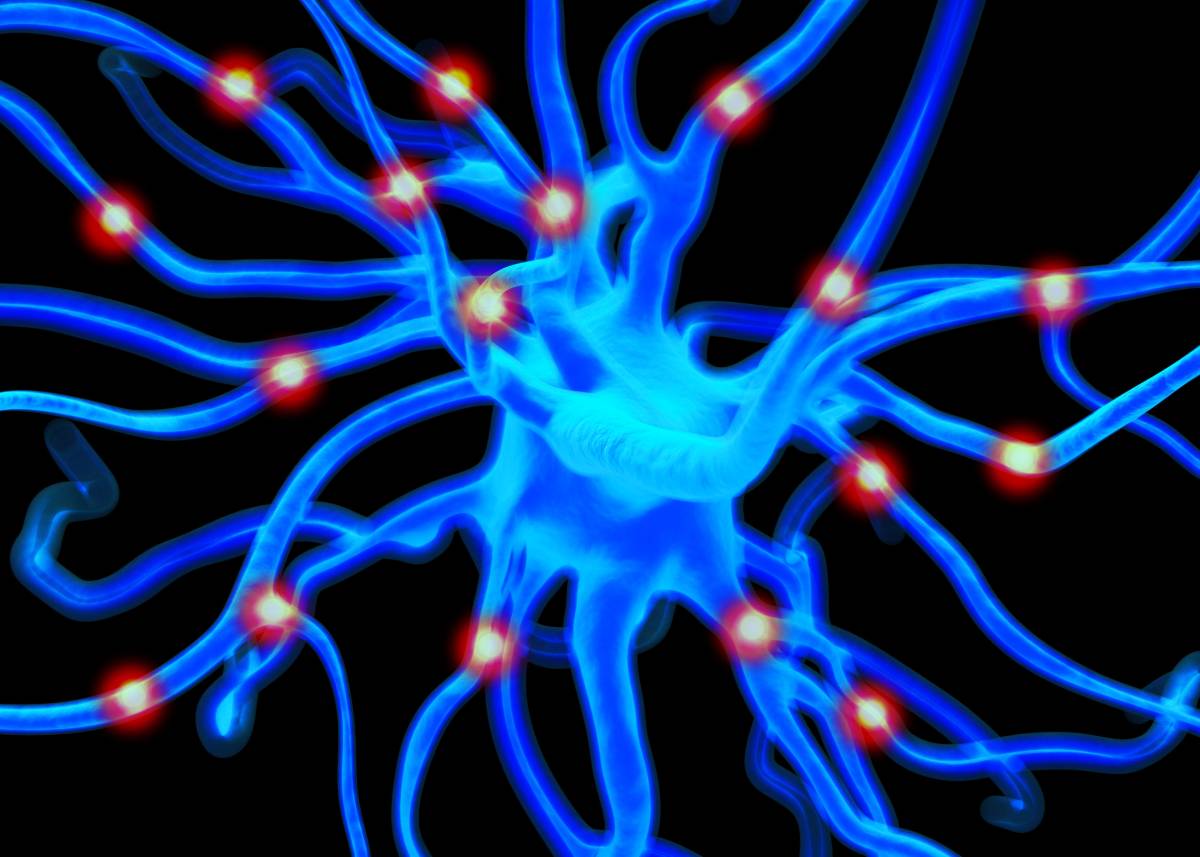Peripheral nerve stimulation (PNS) is a treatment for chronic pain that uses electrical stimulation to bring relief. In the minimally invasive, outpatient implantation procedure, a small electrode with several contact leads is implanted adjacent to the target peripheral nerve and sutured to nearby muscle tissue to prevent movement. The electrode is connected to an external pulse generator that can be adjusted by the patient.1 Typically, patients first receive a temporary implant and determine over the course of around a week if the system provides adequate pain relief. If so, patients traditionally would have the pulse generator implanted subcutaneously in a nearby area such as the chest or abdomen, but recent advances in technology allow for a permanent external pulse generator to transmit impulses wirelessly to the electrode.2
PNS is reserved for patients whose pain is not resolved by physical therapy, medications, or transcutaneous electrical nerve stimulation (TENS), which delivers low-voltage electrical current via electrodes on the surface of skin. 3 In order to ensure the efficacy of PNS, candidate patients must also present pain that can be localized to a single peripheral nerve that is not susceptible to nerve entrapment.1 Finally, practitioners advise that patients undergo a psychological evaluation to determine if factors such as personality disorders may affect the outcome of a potential PNS implantation.
The assumed mechanism by which PNS delivers relief is the gate control theory of pain. First advanced by Melzack and Wall in 1965, the theory suggests that non-painful signals are transmitted to the dorsal horn of the spinal cord via large-diameter fibers, while nociceptive (painful) signals are transmitted via smaller fibers. 5 When activated by non-nociceptive input, the large-diameter fibers close the “gates” that would otherwise allow pain signals to transmit. Electrical stimulation of the target peripheral nerve, which is non-nociceptive, thus blocks the perception of pain. However, Melzack and Wall’s theory has faced some criticism in light of more recent discoveries, such as the observation that normal pain thresholds are generally not lowered by the stimulation of larger fibers.5 Other theories that attempt to explain the effects of PNS include the blockage of cell membrane depolarization that normally facilitates axon conduction propagation and the release of inhibitory neurotransmitters such as GABA.5
While the basic concept and implementation of PNS have largely remained constant over the past several decades, recent novel approaches to the technology have expanded its range and efficacy. Rauck et al. recently showed that PNS could significantly reduce post-amputation pain, an application of PNS not previously considered.6 Peripheral nerve field stimulation (PNFS), a novel application of PNS, uses electrodes placed near the painful area without directly connecting to the peripheral nerve.7 PNFS poses a lower risk of nerve damage than PNS, a rare outcome of PNS but one that may nevertheless lead practitioners to favor PNFS. Finally, a recent case study published in A&A Practice detailed the use of PNS on a patient with Guillain-Barre Syndrome (GBS), the rare neurological disorder in which the body’s immune system attacks its own peripheral nerves. 8,9 Several leads were implanted in the patient, who experienced significant pain reduction and a concomitant reduction in analgesic medications. PNS and its new applications continue to remain relevant in the medical setting.
References
- Nayak, R. and R. K. Banik. “Current Innovations in Peripheral Nerve Stimulation.” Pain Research and Treatment, vol. 2018, 2018, pp. 1–5., doi:10.1155/2018/9091216.
- Billet, B., et al. “A Novel Minimally Invasive Wireless Technology for Neuromodulation via Percutaneous Intercostal Nerve Stimulation for Post-Herpetic Neuralgia: A Case Report with Short-Term Follow-Up.” Pain Practice, vol. 18, no. 3, 2017, pp. 374–379., doi:10.1111/papr.12607.
- “Transcutaneous Electrical Nerve Stimulation (TENS).” Cleveland Clinic, 15 Jan. 2020, my.clevelandclinic.org/health/treatments/15840-transcutaneous-electrical-nerve-stimulation-tens.
- Melzack, R. and P. D. Wall. “Pain Mechanisms: A New Theory.” Science, vol. 150, no. 3699, 1965, pp. 971–978., doi:10.1126/science.150.3699.971.
- Dorsi, M.J. and A.J. Belzberg. “Peripheral Nerve Stimulation.” Bonicas Management of Pain, by John J. Bonica et al., Lippincott Williams & Wilkins, 2001, pp. 1375–1378.
- Rauck, R. L., et al. “Treatment of Post-Amputation Pain With Peripheral Nerve Stimulation.” Neuromodulation: Technology at the Neural Interface, vol. 17, no. 2, 2013, pp. 188–197., doi:10.1111/ner.12102.
- Mørch, C. D., et al. “Mathematical Model of Nerve Fiber Activation During Low Back Peripheral Nerve Field Stimulation: Analysis of Electrode Implant Depth.” Neuromodulation: Technology at the Neural Interface, vol. 17, no. 3, 2014, pp. 218–225., doi:10.1111/ner.12163.
- Albright-Trainer, B., et al. “A Case Report of Peripheral Nerve Stimulation for Acute Neuropathic Pain in Guillain-Barre Syndrome.” A&A Practice, vol. 14, no. 11, 2020, doi:10.1213/xaa.0000000000001315.
- “Guillain-Barré Syndrome Fact Sheet.” National Institute of Neurological Disorders and Stroke, U.S. Department of Health and Human Services, 16 Mar. 2020, www.ninds.nih.gov/disorders/patient-caregiver-education/fact-sheets/Guillain-barr%C3%A9-syndrome-fact-sheet.
